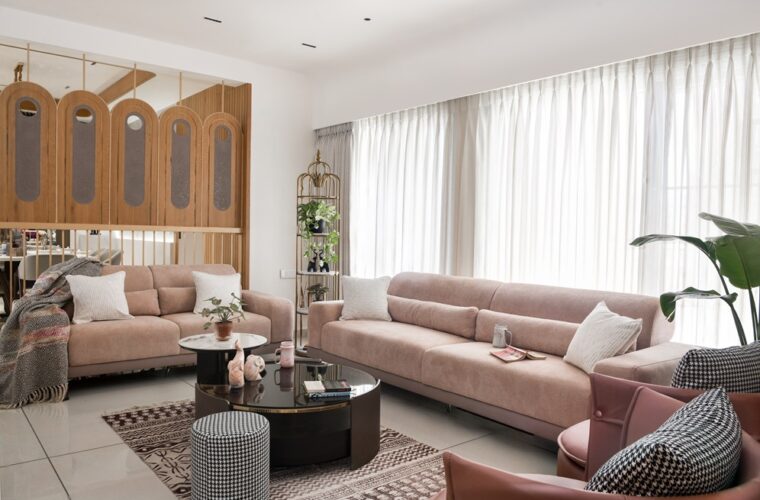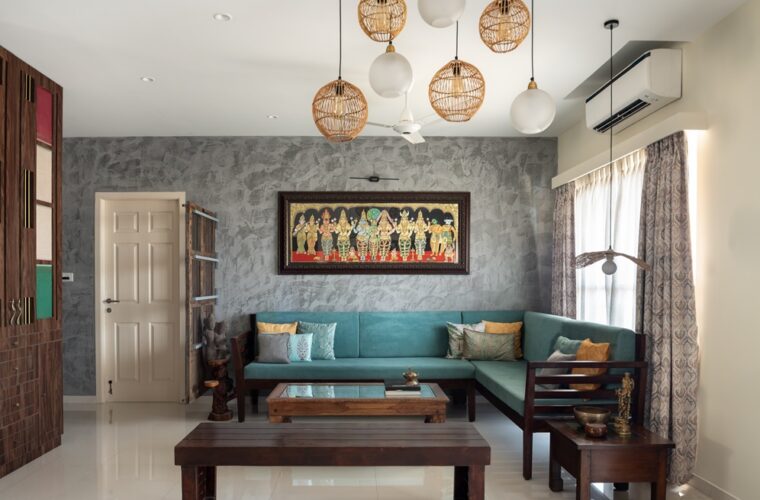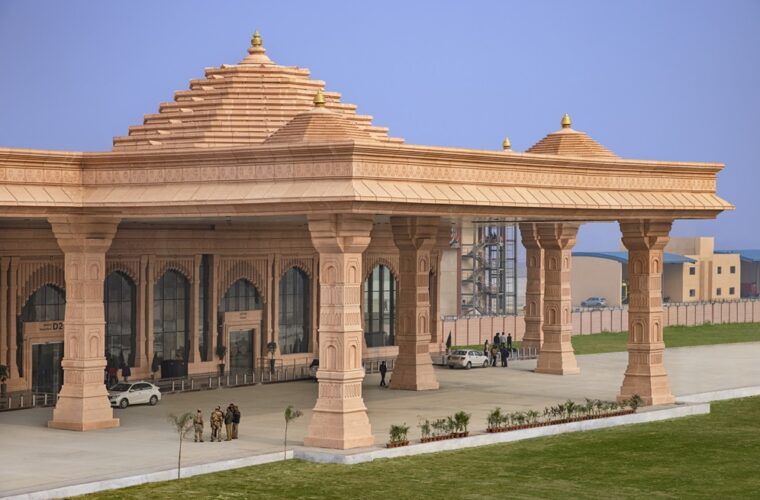Minimizing environmental impact on Greater Noida hospital
Photography: Andre Fanthome
Greater Noida-based Creative Designer Architects has designed the Sarvodaya Hospital, which is a 300-bed super-specialty hospital in a densely-populated urban hub. It addresses the problem of deficient healthcare facilities in this region, and the firm has transformed an existing mixed-use commercial building into a hospital. There is a strong emphasis on minimizing environmental impact by adaptively repurposing the structure such as cutting down on energy, resources, and time that goes into building from scratch.
Until last year, Greater Noida, which has a population density of close to 25,000 people per sq. km, had no quality healthcare facility nearby. This compelled people to travel to Noida or New Delhi for quality clinical care, developing the need for this brownfield healthcare project. Initially conceived as a commercial mixed-use facility, the original structure housed bustling shops on the lower floors, while the upper floors remained vacant office spaces.
The planning of this commercial block now spanning 210,000 sq. ft. was a tripartite form as a central node connecting three separate blocks. A semi-unitized façade system reduced construction time and was installed in three months. This architectural approach highlighted the hospital from the neighboring residential buildings, creating a distinctive aesthetic from a distance.
The firm’s challenge was to design an efficient hospital within the restrictions of an already operational commercial center, as the compact and different blocks limited connectivity and planning of medical departments. To counter this, these blocks are connected by adding eight-foot-wide corridors at chosen locations to facilitate transitions and movements for patients, doctors, and staff. These corridors are planned along interior courtyards that allow abundant daylight to flood these transition zones, enhance wayfinding, and elevate the overall user experience in the interiors.
To further improve operational efficiency, various departments are vertically zoned to integrate multiple facets of technology and specialized infrastructure. Adjoining the existing commercial and retail stores, the ground floor houses the double-height reception, waiting area, and cafeteria. The floors above accommodate outpatient departments, such as outpatient nephrology and gastroenterology. The third floor caters to mother-and-child services, while critical care and surgery are placed on the fourth floor. The strategic division of departments ensures quick access to surgical suites and imaging facilities, thus enhancing the speed and efficiency of emergency response.
The fifth floor and beyond are dedicated to in-patient units on higher floors, thus ensuring comprehensive care within the hospital’s premises. These in-patient rooms have larger windows, natural light, panoramic views of the city and neutral color palettes stem from evidence-based design principles to promote the healing and well-being of patients and caregivers.
Standardizing design elements, such as patient room headwalls, footwalls, and wall claddings reduces cost and accelerates execution. Drywall construction and adhesive technology for finishes, along with the application of pre-designed systems like PVC panels, wall coverings, and claddings, also cut down construction time.
Mechanical services posed their own set of challenges, particularly regarding heights, which are often inherent in brownfield projects. The deck-to-deck height of 3450 mm and the beam bottom of 2850 mm on the IPD (in-patient department) floors made the augmentation of ducted FCUs (fan coil units) difficult. To address this challenge, ducted cassette units offer a more space-efficient alternative. This adjustment not only optimized heights but also improved spatial experience within the hospital.












